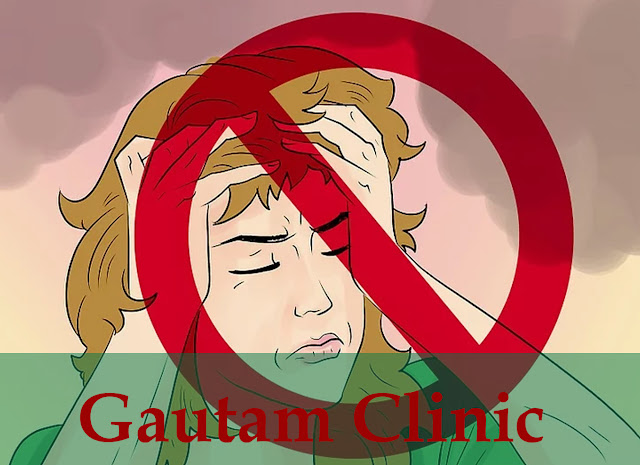How to Store Collard Greens

Collard greens are a nutritious green, leafy vegetable that are related to cabbage, broccoli, and kale. Although most popular in the American South, collard greens can be found in many grocery stores across North America and beyond. Once you bring your collard greens home, you will need to store them properly, in order to guarantee that they remain fresh and delicious. This can be done in several ways, depending on when you plan on using them. Do not wash the collard greens. If you plan on using your collard greens within the next week, don't wash them before refrigeration. Introducing water to the greens can promote decay, cutting the length of their freshness down dramatically. · If you are concerned that your greens are too dirty to store in your refrigerator, know that they will be stored in an air-tight bag. Any dirt and grit will not get onto the surfaces in your fridge. Place the collard greens in an air...





